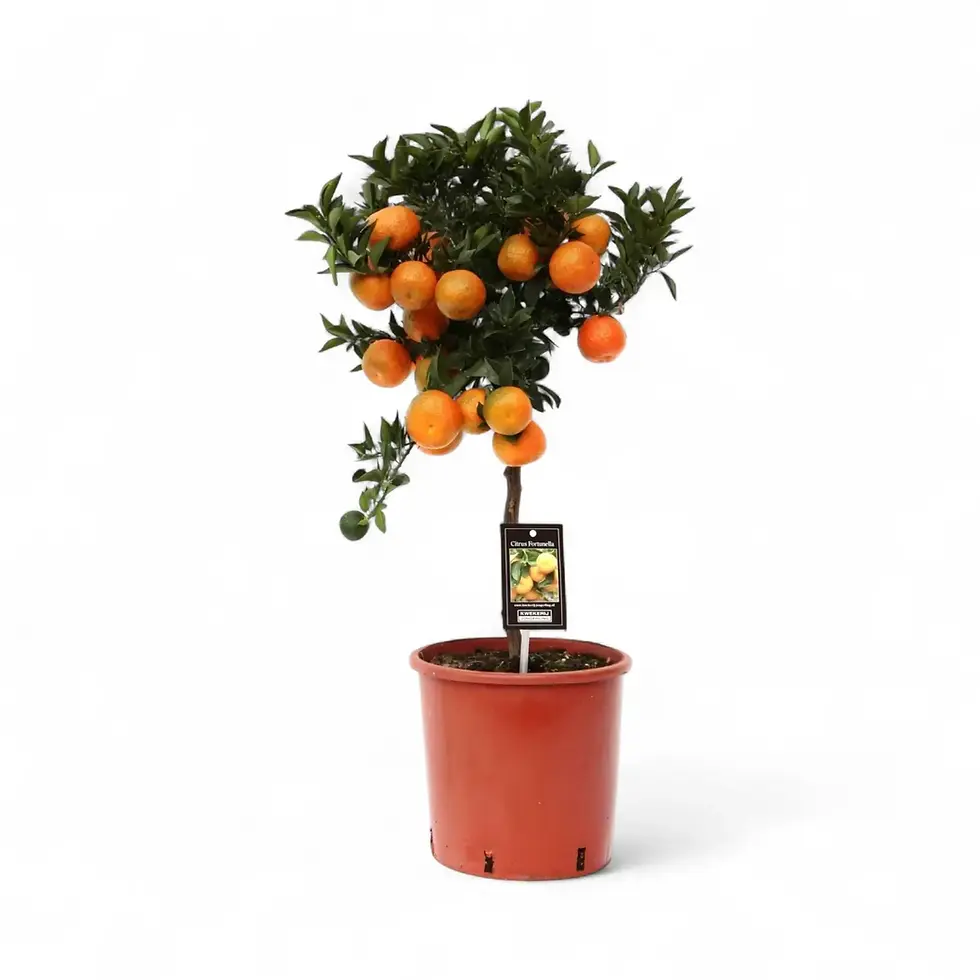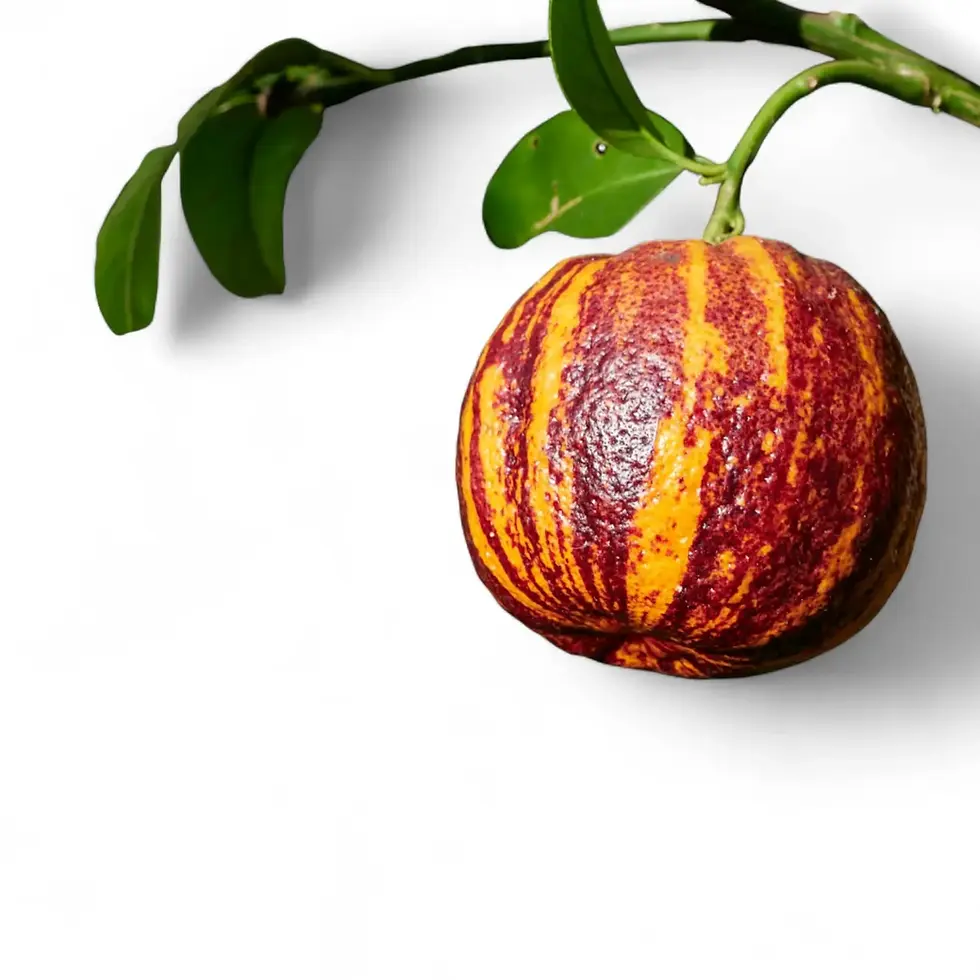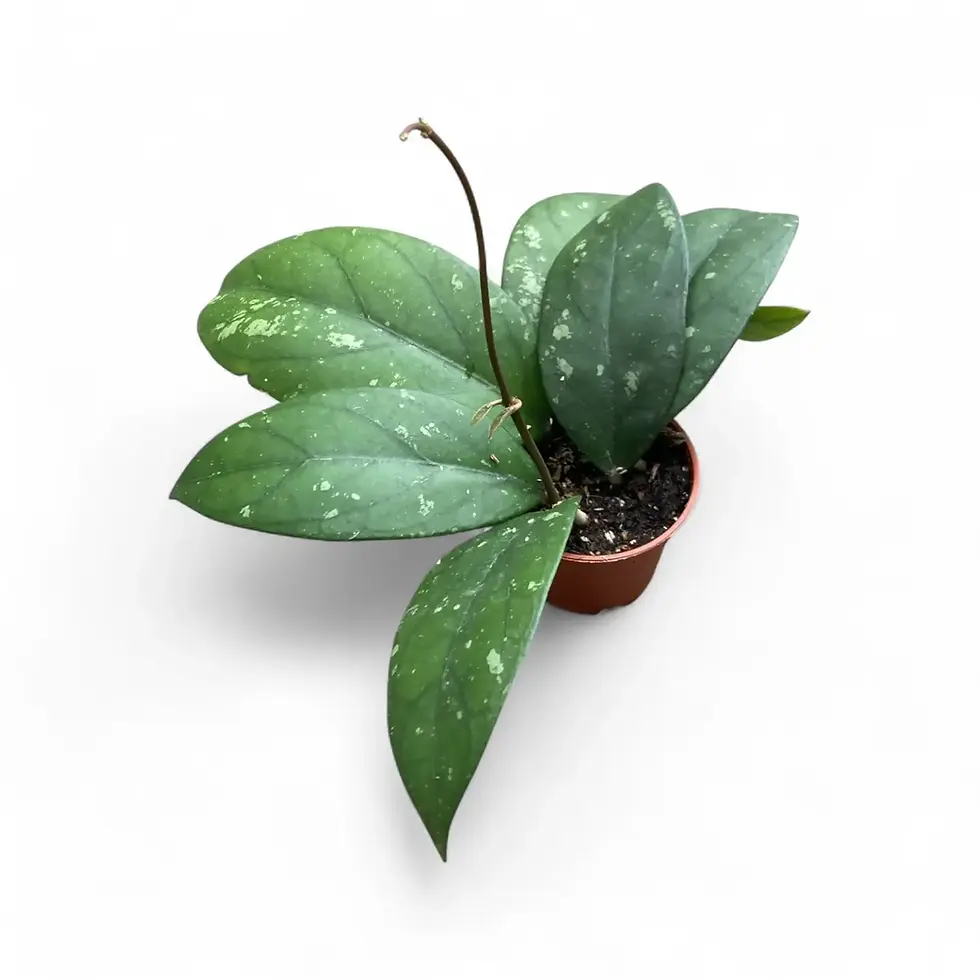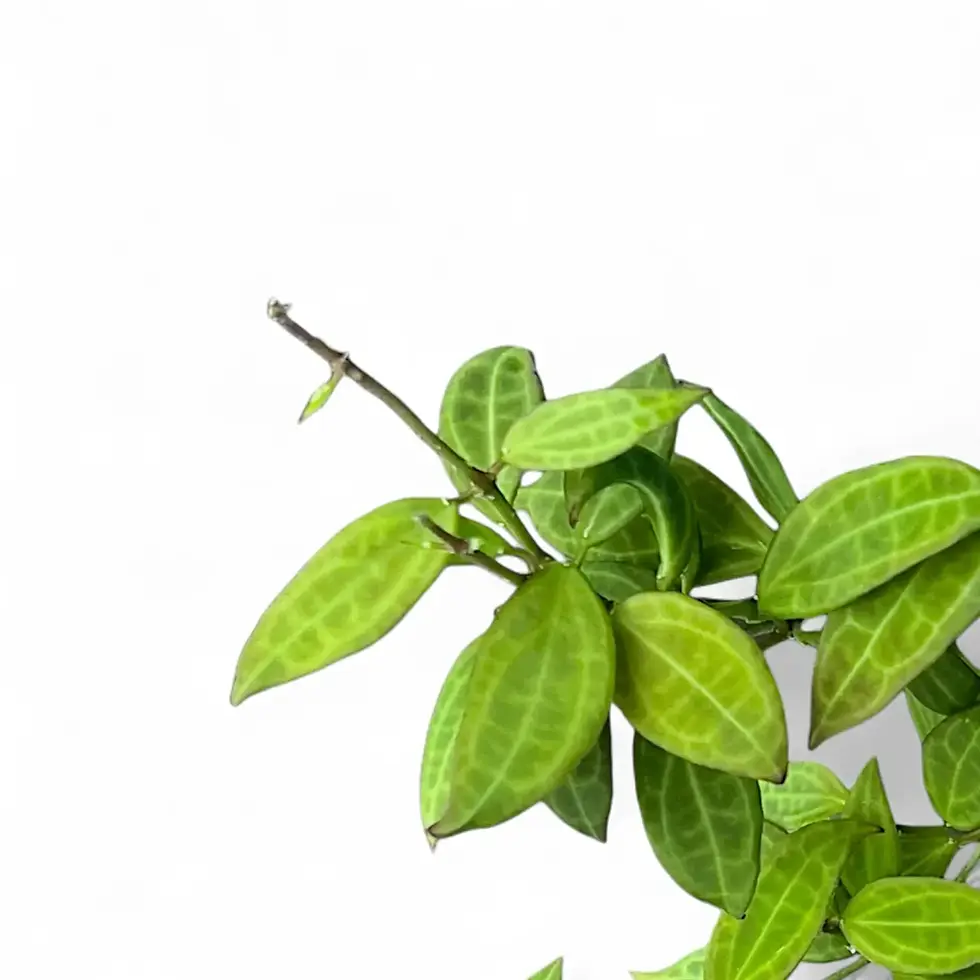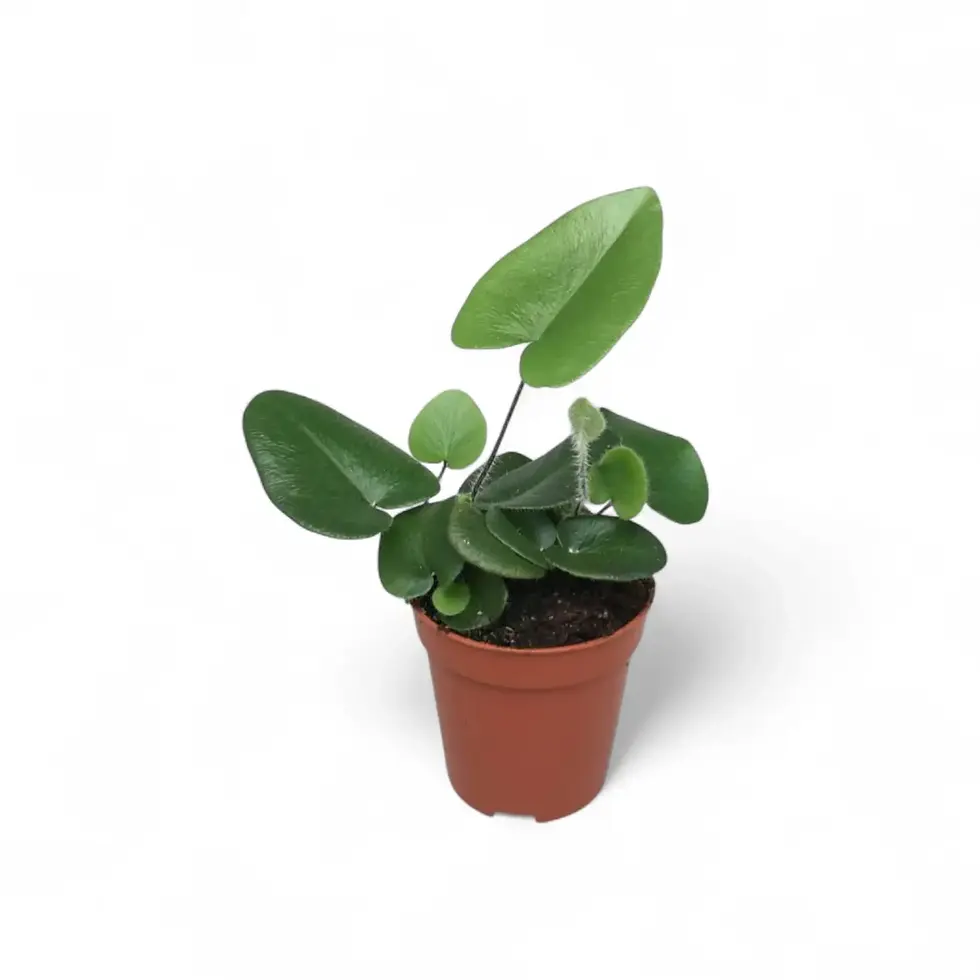Hoya pandurata – Fast-Blooming Wax Plant with Fiddle-Shaped Leaves
Hoya pandurata Tsiang is a rare and fast-blooming vining species, prized for its uniquely shaped leaves and clusters of yellow flowers. Native to Guangxi and Yunnan in southern China, it thrives indoors with bright light and minimal care. Whether climbing a trellis or trailing from a basket, this wax plant adds movement, texture, and floral flair to any plant wall or windowsill.
What Makes Hoya pandurata Stand Out
- Sculptural Foliage: Slender to pandurate (violin-shaped) leaves with a matte green surface and subtle venation give the plant an elegant, architectural presence.
- Prolific Yellow Flowers: Forms small umbels of 10 – 15 golden-yellow blooms, each around 1.2 cm wide. Blooms are lightly scented or scentless, lasting 3 – 5 days but returning frequently under good conditions.
- Versatile Growth: Grows well as a trailing, climbing, or wrapped display. Adapts to trellises, bamboo hoops, or shelves with ease.
Care Guide for Hoya pandurata
- Light: Requires 6 – 8 hours of bright, indirect light daily. Morning sun is ideal; harsh direct rays should be avoided.
- Watering: Let the top 2 – 3 cm of substrate dry out before rewatering. Never allow roots to sit in stagnant water.
- Humidity: Tolerates average household levels (40 – 60%) but thrives at 60 – 70% humidity during active growth.
- Temperature: Best kept between 18 – 26 °C. Avoid prolonged exposure below 12 °C or near cold drafts.
- Substrate: Use a fast-draining mix with orchid bark, perlite, and coco coir or leaf compost.
- Feeding: Apply a balanced liquid fertilizer every 4 – 6 weeks. No need to pause during winter indoors.
- Propagation: Root stem cuttings in water or sphagnum moss. This species often flowers within a few months of rooting.
- Semi-Hydro: Grows well in LECA or pon if nutrients and airflow are properly managed.
- Pruning: Light pruning controls size. Never remove flower peduncles — blooms return from the same spur year after year.
Troubleshooting Hoya pandurata
- Pests: Watch for mealybugs or aphids. Treat early with insecticidal soap or neem oil.
- Yellowing Leaves: Often due to excess water or poor drainage. Check roots and aeration.
- Brown Tips: Typically linked to low humidity or inconsistent watering. Adjust airflow and increase moisture if needed.
- Fungal Issues: Occur with stagnant air or overly damp conditions. Provide spacing and indirect air movement.
Extra Growing Tips
- Use a breathable pot with drainage holes — unglazed clay is ideal.
- Let roots stay slightly snug in their pot to encourage flowering.
- Wipe leaves gently with a soft cloth to keep them clean and functional.
- Learn more about general Hoya care in our complete Hoya care guide.
Natural Habitat and Origin
Hoya pandurata is native to southern China, particularly the Guangxi and Yunnan provinces, where it grows epiphytically on trees and rocks in subtropical forests. It prefers humid, warm microclimates with dappled light and excellent drainage — conditions that can be mimicked indoors with the right care.
Etymology and Taxonomy
The genus Hoya honors 18th-century English gardener Thomas Hoy. The species name pandurata means "fiddle-shaped", referring to the violin-like form seen in some leaves. Hoya pandurata Tsiang was officially described in Sunyatsenia 4: 125 (1939).
Frequently Asked Questions
- Is Hoya pandurata good for beginners?Yes – it roots easily, tolerates a range of indoor conditions, and blooms frequently.
- How often does it bloom?With good light and steady humidity, it may flower multiple times per year — even from young cuttings.
- Can I trim the flower stems?No – leave the peduncles intact, as Hoya flowers reappear from the same points each time.
- Can I grow it outdoors?Only in tropical or frost-free climates. Indoors, it thrives year-round in a bright spot.
Add Hoya pandurata to Your Collection
Don't miss out on one of the fastest-flowering Hoyas around. With its striking leaves and regular yellow blooms, Hoya pandurata adds charm and movement to any indoor setup. Grab yours now — limited availability and high demand make this species a rare gem for collectors.
Hoya pandurata
Hoya pandurata comes in a ⌀ 12 cm pot and is approximately 15 cm tall




